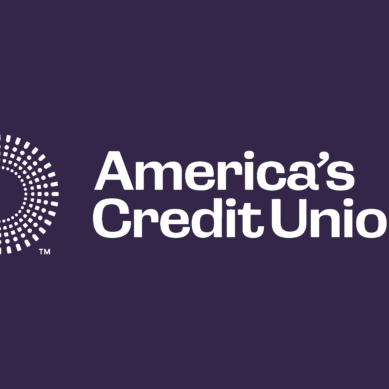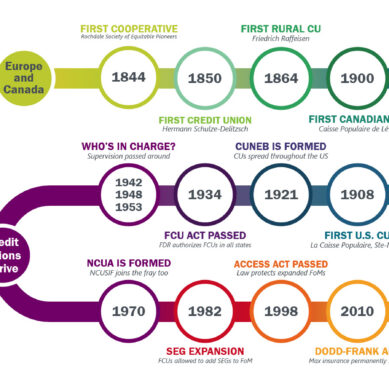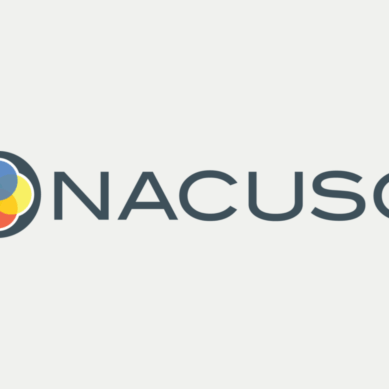As interest rates and inflation continue to cause economic uncertainty, it’s become increasingly difficult for many borrowers and credit union members to meet their monthly auto loan payments. Further complicating the matter, ambiguity around potential tariffs and changes to trade agreements will likely impact the cost of used cars and vehicle repairs, making auto insurance claims more expensive.
For many credit unions, auto loans comprise a significant portion of their lending activity, so macroeconomic fluctuations have wide-ranging impacts on their bottom lines. When borrowers default, it leads to more than just missed payments on the balance sheet. It triggers a costly cycle of repossessing vehicles, covering repairs, and eventually holding a public or dealer auction to sell the car. When resources are already stretched thin, these losses can hit hard.
Fortunately, though, there are a range of portfolio management solutions credit union leaders—stakeholders from the C-suite to department heads and senior management—can proactively implement to mitigate risks as the rates of borrower default and the claim costs rise simultaneously.
Fine-tuning auto loan portfolio mechanics
Taking a proactive approach to portfolio management can reap dividends in building member trust and strengthening portfolio resilience. Implementing strategic monitoring practices can aid credit unions in identifying and addressing emerging risks before they happen and impact bottom-line performance and member dividends.
As a first step, credit unions should ensure that strong monitoring protocols are in place to act as an early warning sign and detect delinquencies that are 60 days or more past due. Leveraging data analytics tools to compare year-over-year metrics can also help identify whether current delinquency levels are part of normal fluctuations or an indication of a deeper issue. By doing so, lenders can flag portfolio trends before issues escalate.
Credit union leaders should also regularly review and adjust Current Expected Credit Loss (CECL) models to ensure forecasts reflect changing vehicle values, extended loan terms, shifts in members’ financial behavior, and potential impacts of tariffs or inflation on future defaults. Keeping these models up to date ensures that portfolios are properly balanced and mitigates the risk of overextending credit assets.
Another set of best practices for credit union leaders entails implementing regular review protocols for lending operations and focusing on adherence to underwriting guidelines, documentation completeness, exception management, and collection practices. While these protocols might sound basic, they are frequently overlooked—especially at smaller institutions. Fulfilling routine control testing by internal and external auditors helps ensure policy compliance and uncovers potential weaknesses before they affect portfolio performance.
While the broader regulatory landscape remains in flux, credit union leaders should take more ownership over compliance at the enterprise level. Maintaining documentation standards and compliance processes, as if full regulatory scrutiny were still in place, safeguards against future governing changes and strengthens operational practices that support overall portfolio health.
Optimizing portfolios through risk management strategies
To further safeguard their portfolios, credit union leaders need to adapt their risk management strategies to align with today’s volatile macroeconomic environment. For example, as car values rise, loan terms stretch to seven or eight years, and repair costs multiply, strategies that had worked a few years ago for credit unions no longer deliver the same results.
For many credit unions, the key to improving portfolio performance is understanding and finding the right risk-oriented balance between direct and indirect lending. Prioritizing direct lending helps build stronger, long-term relationships with members and often leads to better loan performance, e.g., when members borrow directly from the credit union, there’s greater potential to sustain the relationship beyond the loan. Indirect lending, while offering volume growth, tends to create more transactional interactions but carries a higher risk of default.
Another effective risk mitigation strategy centers on diversifying loan portfolios by expanding into alternative vehicle financing, such as boats and RVs, which generally have lower repossession risks. These types of loans are often associated with borrowers who have more stable financial profiles, and the assets are easier to recover if the borrower defaults.
Credit union leaders should maintain a strict adherence to underwriting standards, even when facing pressure to grow loan volumes. Implementing clear guidelines—such as minimum credit score requirements and consistent income verification—may seem counterintuitive during periods of slower growth, but this discipline provides essential protection against future defaults.
Proactively protecting your credit union
Developing a proactive mindset is key for mitigating risks in credit union loan portfolios. In collaboration with risk managers, credit union leaders should implement a holistic review process of the auto loan portfolio and its entire portfolio at large to mitigate risk. Rather than reacting to individual defaults as they occur, it’s often more effective to implement proactive systems that protect the entire portfolio.
For many credit unions, lender single interest (LSI) insurance is an option that provides blanket coverage across the portfolio and removes the need to track individual borrower insurance. Unlike traditional force-placed insurance that can burden already struggling members with additional costs, LSI protects the credit union without needing to track each member’s insurance individually. In conjunction with a robust risk management system, this additional coverage can stabilize portfolios while mitigating risky loans.
Credit unions play a vital role in the financial ecosystem. But as the broader macroeconomic space continues to challenge credit union leaders and their customers alike, ensuring that effective loan procedures and proactive measures are in place is deemed critical for the long-term health of credit unions, their balance sheets, and portfolios.
























































